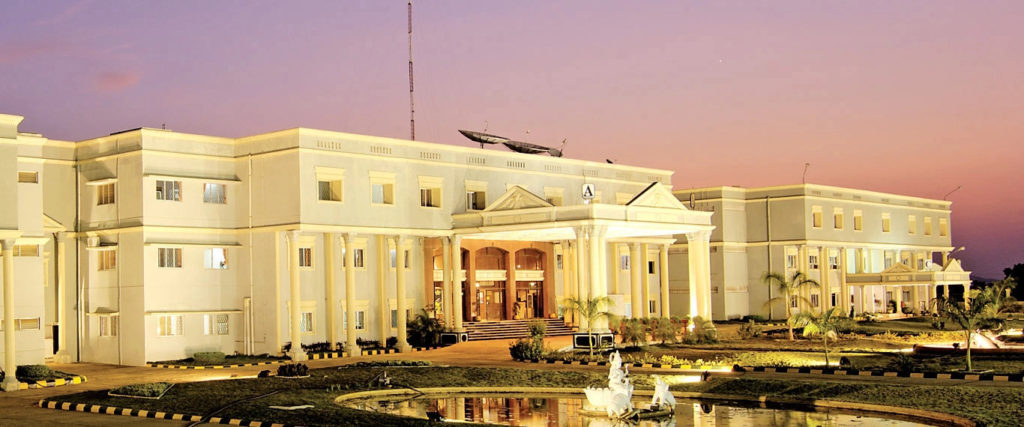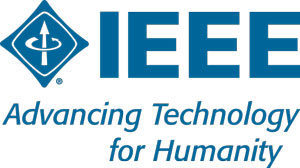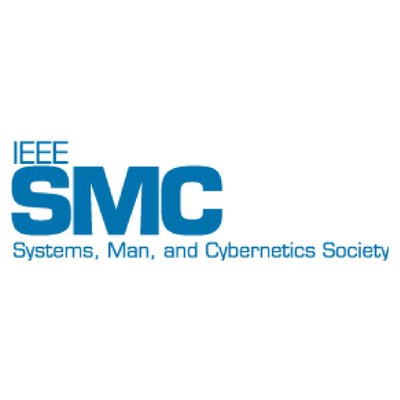Our Insititution:

Sri Sairam Engineering College, Chennai, was established in the year 1995 by MJF.Ln.Leo Muthu, Chairman of Sapthagiri Educational Trust, is a non-profitable, and non-minority institution. A well-defined vision, highly committed mission, and dedicated leadership facilitate Sri Sairam Engineering College to be in the country’s best educational institutions. Since its inception, our Institution has grown into a vast conglomerate of magnificent buildings, state-of-the-art and sophisticated
laboratories internet centers, a modern library, and a superlative sports complex-each a landmark in itself across 300 acres. Its quiet and idyllic surroundings, comprising of the architecturally and aesthetically designed buildings, the sports playgrounds, and the lush greenery make it one of the most preferred destinations for the aspirants of Engineering studies. The College is affiliated with Anna University and is also approved by the All India Council for Technical Education, New Delhi.
Imbibed with the message of Shridi Saibaba, our Chairman ventured into the realm of providing quality technical education to both urban and rural students from Tamilnadu as well as other states, offering a flexible and real-world based approach in education.
Sri Sairam Institute of Management and Computer Applications, a Sri Sairam Engineering College unit, was established in 1997 and offers MBA and MCA programs. Our Chairman has not only stopped with his vision of providing Technical Education but has also ventured into the arena of medical sciences, by starting a Medical College for Indian Medicine namely Siddha, Ayurvedha & Homeopathy. He was also instrumental in starting “The Academy for Blind” and “Home for the Aged” under the community service programs of the Lions Club.
Today, Sri Sairam Engineering College has developed into a reputed Engineering Institution with ISO:9001:2008 certifications and NBA Accreditation to all the disciplines of engineering. Technical bodies like ISTE, IEEE, SAE, ISA, ISOL, and IETE are vibrantly functioning with workshops, guest lectures, and conferences. NSS, YRC, National Environment awareness campaign, Energy, and Eco-Club are religiously conducting various activities. The department of Training and Counseling and Placement is another sphere where we have made excellent strides. For offering top-quality technical education and molding the younger generation to the society, our Chairman has spared no efforts to induct dedicated faculty and provide adequate infrastructure facilities.
About SIT IEEE
IEEE is the world’s largest professional association dedicated to advancing technological innovation and excellence for the benefit of humanity. IEEE and its members inspire a global community through IEEE’s highly cited publications, conferences, technology standards, and professional and educational activities.IEEE is the trusted “voice” for engineering, computing, and technology information around the globe.
There are more than 430,000 IEEE members in more than 160 countries. The IEEE publishes a third of the world’s technical literature in electrical engineering, computer science, and electronics and is a leading developer of international standards that underpin many of today’s telecommunications, information technology, and power generation products and services.To learn more about the association’s name, please read the History of IEEE.

.
System, Man and Cybernetics Society:

The IEEE Systems, Man, and Cybernetics Society (IEEE SMCS) is a professional society of the IEEE. It aims “to serve the interests of its members and the community at large by promoting the theory, practice, and interdisciplinary aspects of systems science and engineering, human-machine systems, and cybernetics”. The earliest incarnation of the IEEE Systems, Man, and Cybernetics Society was the IRE Professional Group on Human Factors in Electronics, formed in 1958. The Group would later change its name to IEEE Professional Technical Group on Human Factors in Electronics (1963), IEEE Human Factors in Electronics Group (1964), Man-Machine Systems Group (1968), Systems, Man and Cybernetics Group (1970), and finally Systems, Man and Cybernetics Society (1972).
Development of systems engineering technology including problem definition methods, modeling, and simulation, methods of system experimentation, human factors engineering, data and methods, systems design techniques and test and evaluation methods.
Integration of the theories of communication, control, cybernetics, stochastics, optimization, and system structure towards the formulation of a general theory of systems.
Application at hardware and software levels to the analysis and design of biological, ecological, socio-economic, social service, computer information, and operational man-machine systems.


